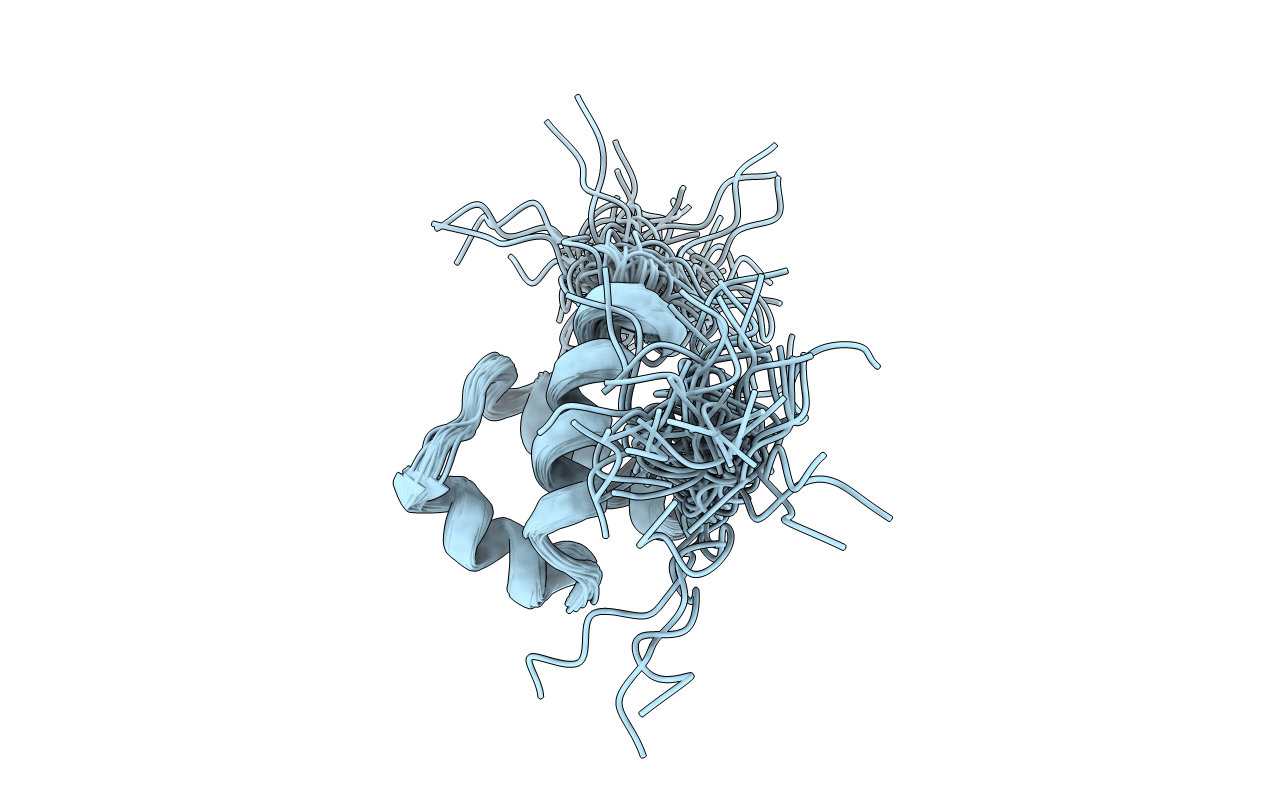
Deposition Date
1998-09-29
Release Date
1999-06-15
Last Version Date
2024-05-22
Entry Detail
PDB ID:
1BW5
Keywords:
Title:
THE NMR SOLUTION STRUCTURE OF THE HOMEODOMAIN OF THE RAT INSULIN GENE ENHANCER PROTEIN ISL-1, 50 STRUCTURES
Biological Source:
Source Organism:
Rattus norvegicus (Taxon ID: 10116)
Method Details:
Experimental Method:
Conformers Calculated:
50
Conformers Submitted:
50
Selection Criteria:
LOW RESTRAINT ENERGY


